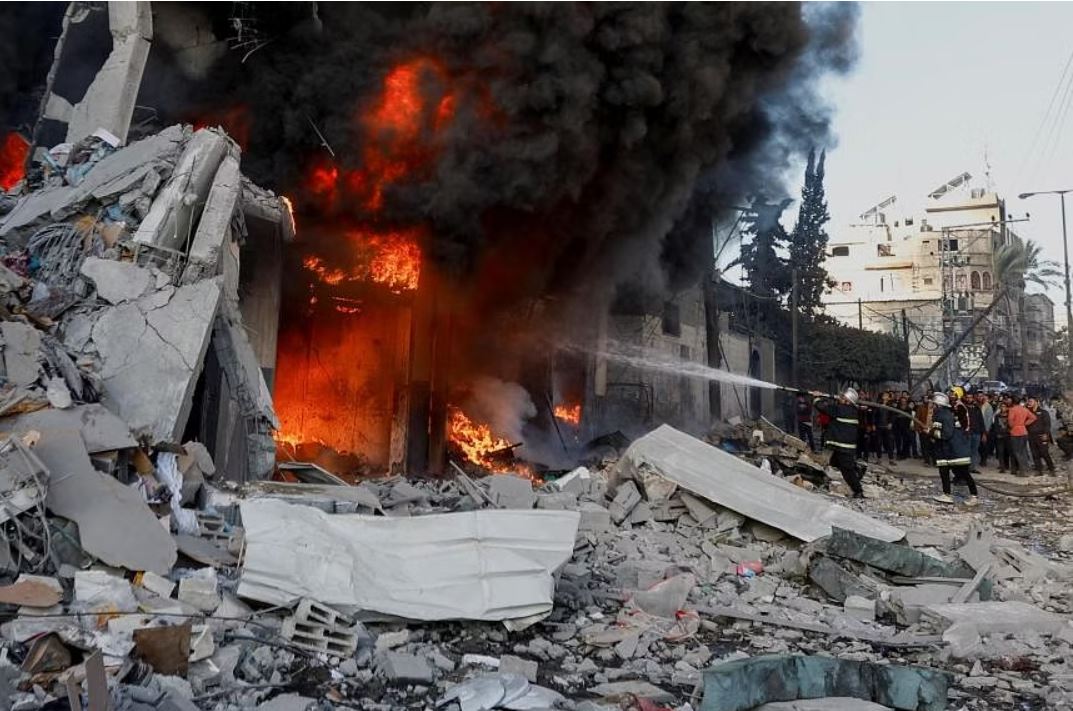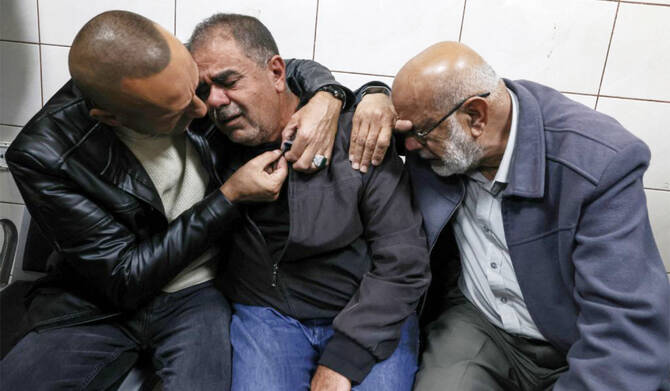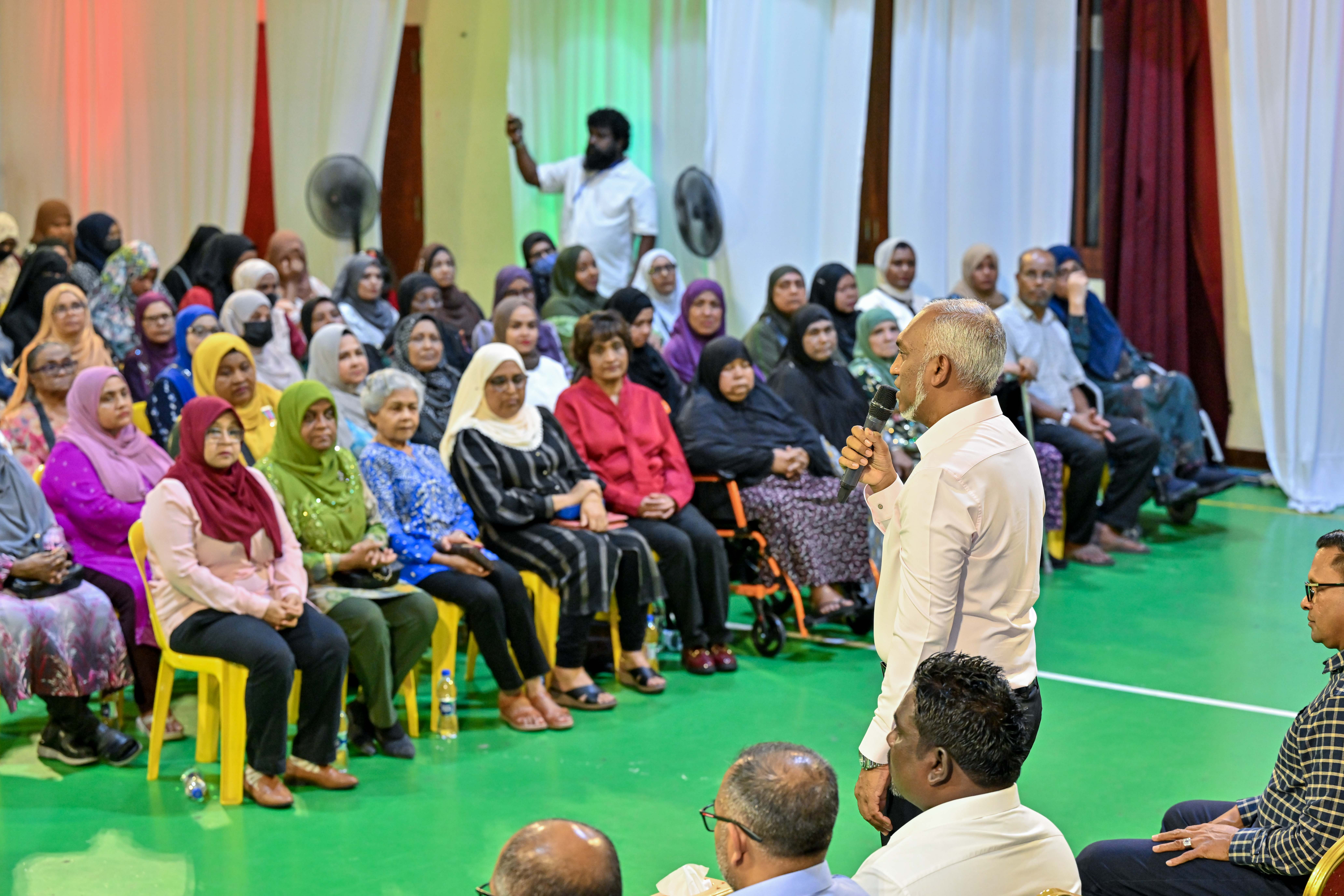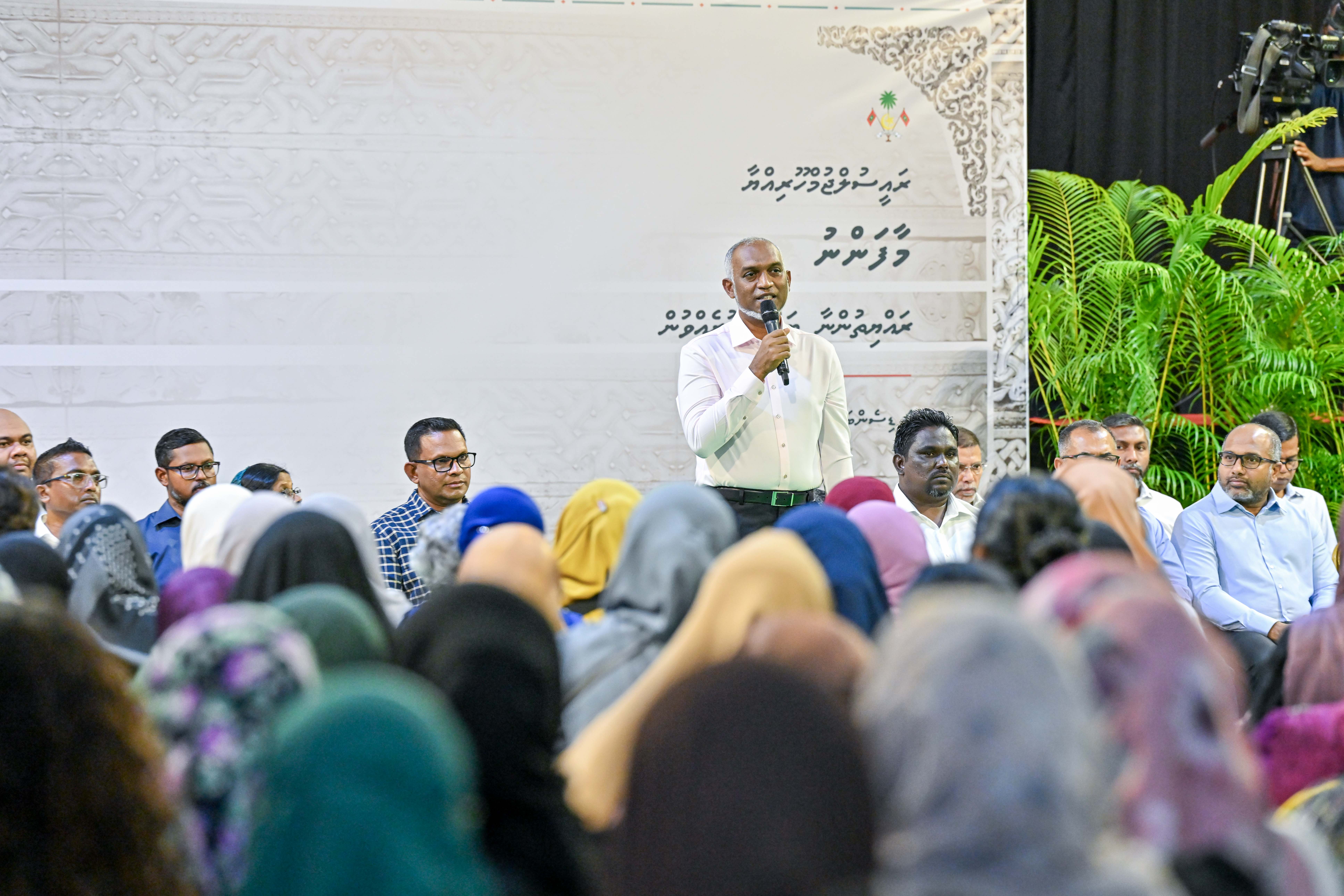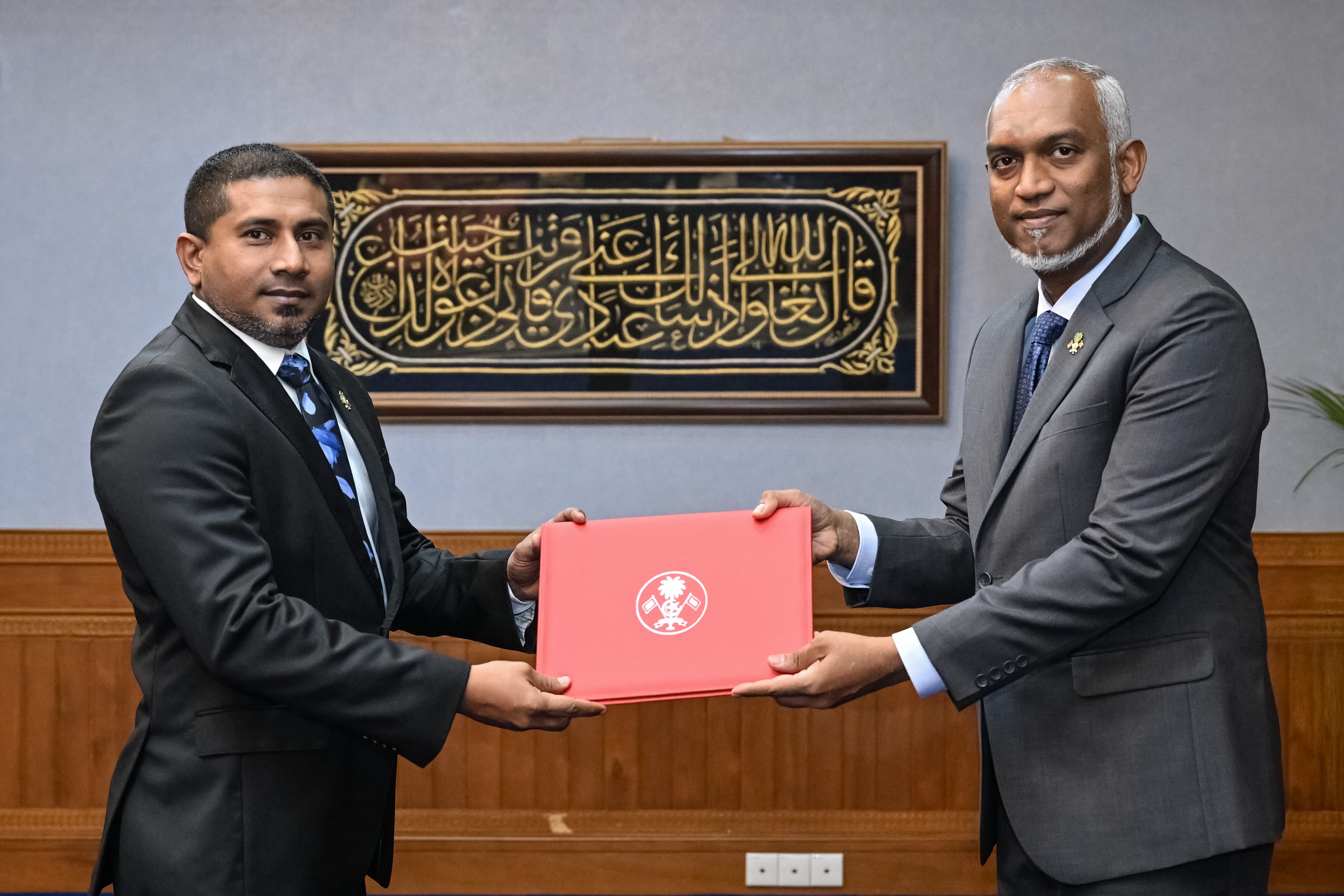Following a threat from Hamas that no Israeli hostages could leave the region alive until its demands for prisoner releases were satisfied, Israel attacked the major city in southern Gaza on Monday.
On October 7, Hamas launched the bloodiest attack on Israel in history, killing 1,200 people (according to Israeli estimations) and taking roughly 240 hostages back to Gaza. This strike set off the conflict.
In response, Israel launched a military onslaught that, according to the health ministry operated by Hamas, has left much of Gaza in ruins and claimed the lives of at least 17,997 Palestinians, the majority of whom were women and children.
The ministry said on Monday that dozens of people had been killed in Israeli strikes across the Gaza Strip, while Israel’s army reported rocket fire from Gaza into Israel.
An AFP correspondent reported that Israeli strikes on Monday hit the main southern city of Khan Yunis, while Palestinian militants Islamic Jihad said they had blown up a house where Israeli soldiers were searching for a tunnel shaft.
Hamas on Sunday warned that Israel would not receive “their prisoners alive without an exchange and negotiation and meeting the demands of the resistance.”
Israel says there are still 137 hostages in Gaza, while activists say around 7,000 Palestinians are in Israeli jails.
On October 7, Hamas launched the bloodiest attack on Israel in history, killing 1,200 people (according to Israeli estimations) and taking roughly 240 hostages back to Gaza. This strike set off the conflict.
In response, Israel launched a military onslaught that, according to the health ministry operated by Hamas, has left much of Gaza in ruins and claimed the lives of at least 17,997 Palestinians, the majority of whom were women and children.
The ministry said on Monday that dozens of people had been killed in Israeli strikes across the Gaza Strip, while Israel’s army reported rocket fire from Gaza into Israel.
An AFP correspondent reported that Israeli strikes on Monday hit the main southern city of Khan Yunis, while Palestinian militants Islamic Jihad said they had blown up a house where Israeli soldiers were searching for a tunnel shaft.
Hamas on Sunday warned that Israel would not receive “their prisoners alive without an exchange and negotiation and meeting the demands of the resistance.”
Israel says there are still 137 hostages in Gaza, while activists say around 7,000 Palestinians are in Israeli jails.




